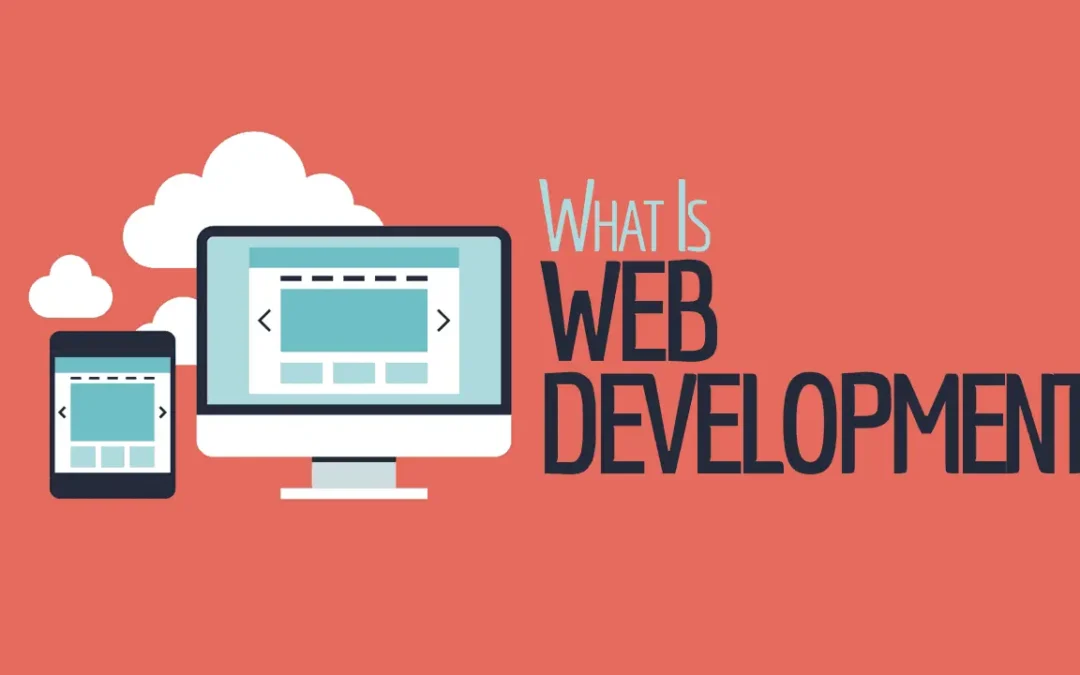In today’s digital-first world, your website is more than just a digital brochure — it’s the face of your brand, your storefront, and often the first impression your audience gets. Behind every sleek design and smooth interaction lies the art and science of web development — a field that continues to evolve faster than ever before.
What is Web Development?
Web development refers to the process of building and maintaining websites or web applications. It’s the work that happens behind the scenes to make a website look great, perform fast, and provide a seamless user experience.
It involves three main layers:
Frontend Development – What users see and interact with (HTML, CSS, JavaScript, frameworks like React or Vue).
Backend Development – The logic and databases that power the website (Node.js, PHP, Python, MySQL, etc.).
Full-Stack Development – A combination of both frontend and backend skills.
Each layer plays a vital role in ensuring that everything functions properly, looks great on every device, and delivers a positive user experience.
The Core Technologies
A few technologies form the backbone of web development:
HTML (Structure)
CSS (Style)
JavaScript (Interactivity)
Frameworks like React, Angular, or Vue.js
Backend Tools like Node.js, Laravel, or Django
Databases such as MySQL, MongoDB, and Firebase
Together, these tools enable developers to create everything from simple websites to powerful web applications like e-commerce platforms, dashboards, and SaaS systems.
Why Web Development Matters
Whether it’s a small business owner launching an online store or a large enterprise building a global platform, web development is the foundation of their digital success. A well-developed website can:
Build trust and credibility
Improve visibility on search engines
Increase conversions and sales
Enhance user engagement
In short, good development drives real business growth.
The Future of Web Development
The landscape of web development is shifting quickly. Some of the most exciting trends include:
AI-driven websites that adapt to user behavior
Progressive Web Apps (PWAs) offering app-like experiences
Voice-based interfaces and smart assistants
Low-code/no-code platforms for faster development
Enhanced cybersecurity for user protection
Staying updated with these trends helps developers build smarter, faster, and more secure web experiences.


